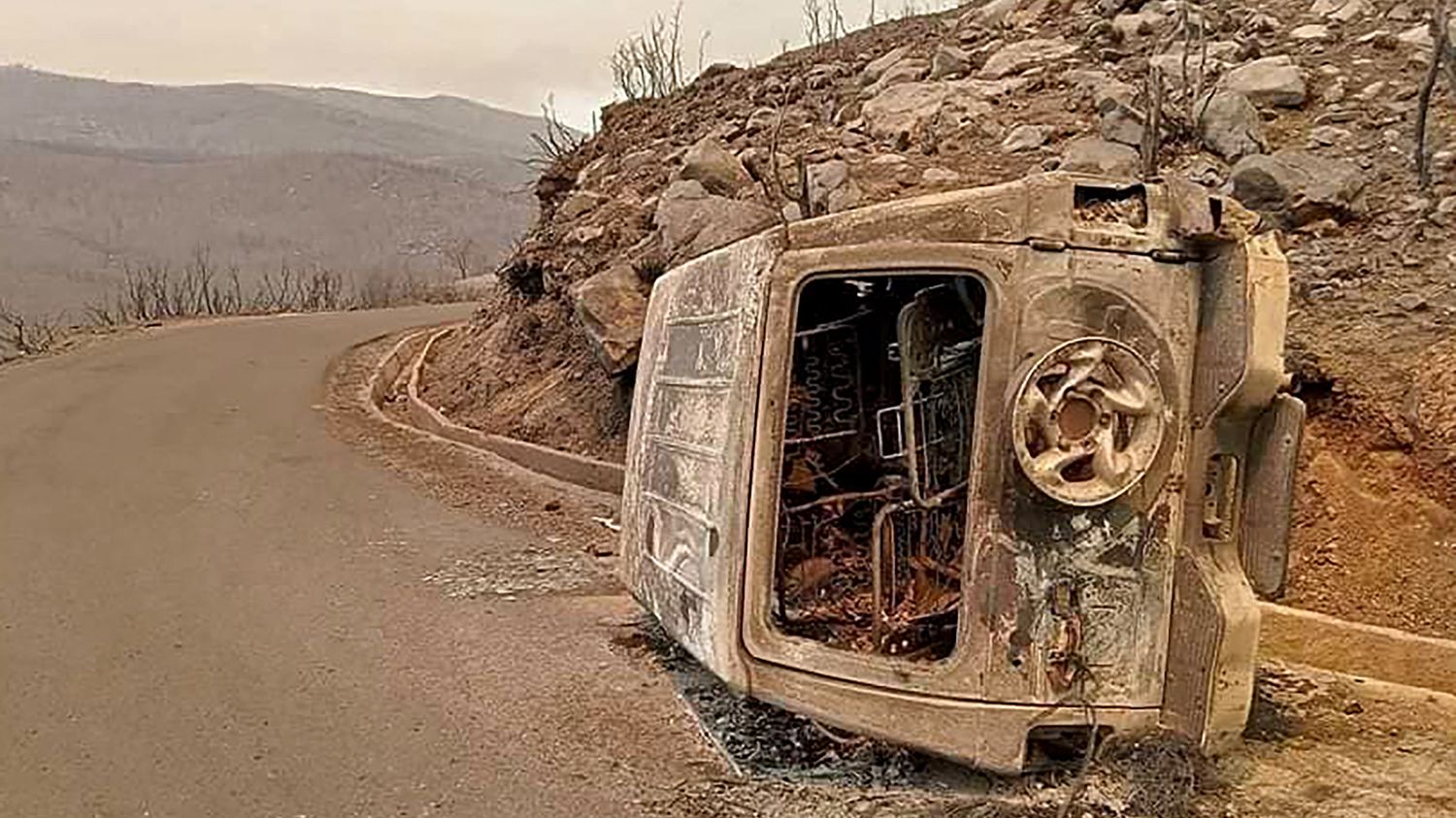These fires, fanned by very strong winds, reached residential areas, causing the evacuation of 1,500 people, according to the ministry.
The toll of the fires ravaging the north and east of Algeria has been revised upwards. According to a last count published Monday, July 24 in the evening, at least 34 people, including ten soldiers, died in the fires that occurred overnight from Sunday to Monday and are still ongoing. A previous toll reported 15 dead and 26 injured.
In total, the country recorded 97 outbreaks of fire in 16 wilayas (prefectures), affecting more particularly Béjaïa, Bouira and Jijel. Also according to the Ministry of the Interior, 1,500 people were evacuated because the flames threatened homes. Algerian President Abdelmadjid Tebboune sent his condolences to the families, citing “civilian victims” but also “military”.
Algeria is facing an intense heat wave in part of these regions, with temperature peaks of 48°C expected. With global warming caused by human activities, heat waves are more frequent and intense, and contribute to drying out vegetation, thus making it more vulnerable to fire outbreaks.
A reinforced system to avoid the tragedies of 2021 and 2022
While most of the fires have been brought under control, “Extinguishing operations continue in six wilayas: Boumerdes, Bouira, Tizi Ouzou, Bejaïa, Jijel and Skikda”, according to the ministry. A total of 7,500 agents and 350 trucks have been deployed to fight the fires that have ravaged forests, scrubland and fields, according to the ministry.
Every summer, the north and east of Algeria are affected by forest fires, maquis and harvests, a phenomenon that is accentuated from year to year. Thus, in August 2022, gigantic fires killed 37 people in the region of El Tarf, in the northeast. The summer of 2021 had been the deadliest in decades: more than 90 people had died in fires that devastated the north, in particular Kabylia.
To prevent this scenario from repeating itself, President Tebboune ordered, at the end of April, the acquisition of six medium-sized water bomber planes. The authorities have also set up helicopter landing areas in 10 wilayas and mobilized locally made drones for surveillance and fire prevention.
